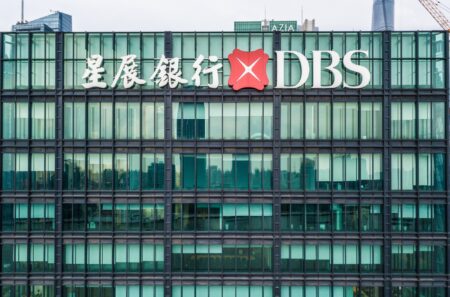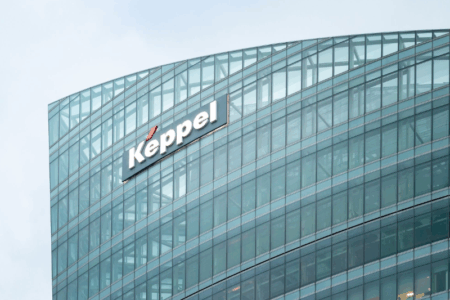United Overseas Bank (SGX: U11), or UOB, reported a 72% decline in net profit for the third quarter ended 30 September 2025 (3Q2025).
The sharp drop, however, was largely driven by management’s strategic decision to set aside substantial pre-emptive general allowances rather than any deterioration in the bank’s core business.
Importantly, UOB emphasized that this proactive provisioning will not impact its 2025 final dividend, signaling confidence in its capital position and commitment to maintaining shareholder returns even as it strengthens its balance sheet.
Revenue Under Pressure from Margin Compression
Net profit attributable to shareholders came in at S$443 million, reflecting the bank’s decision to set aside S$615 million in pre-emptive general allowances to strengthen provision coverage.
Total income for 3Q2025 came in at S$3.4 billion, down 11% year on year (YoY), as both net interest income (NII) and non-interest income declined in a challenging rate environment.
NII fell 8% to S$2.3 billion, weighed down by significant margin compression.
The bank’s net interest margin (NIM) contracted 23 basis points YoY to 1.82%, reflecting the impact of falling benchmark rates on asset yields.
This margin pressure has affected all three major Singapore banks as benchmark rates normalize from the elevated levels seen in 2023.
Despite the margin headwinds, customer loans grew a healthy 5% YoY to S$351.1 billion, demonstrating UOB’s continued ability to expand its franchise across key ASEAN markets.
Asset quality remained stable, with the non-performing loan ratio edging up just 0.1 percentage point to 1.6%.
Fee Income Holds Up Reasonably Well
Non-interest income declined 17.5% YoY to S$1.133 billion, though this comparison was against particularly strong prior-year results.
Net fee income dipped 2% to S$615 million.
Strong growth in loan-related fees, wealth management activities, and card transactions was largely offset by higher card rewards expenses.
Other non-interest income fell 30% to S$518 million, primarily due to lower trading and investment income compared to the record levels achieved in the same quarter last year.
Operating profit before allowances stood at S$1.9 billion, down 16% YoY.
Forward Guidance Points to Continued Margin Pressure
Looking ahead to 2026, UOB provided specific guidance: low single-digit loan growth and a full-year NIM of 1.75% to 1.80%.
This suggests the bank expects further margin compression before conditions stabilize.
On the positive side, management anticipates high single- to double-digit fee income growth while maintaining cost discipline with low single-digit operating expense growth.
Total credit costs are expected to normalize at 25 to 30 basis points, confirming that the elevated Q3 provisions were strategic in nature rather than a response to deteriorating asset quality.
Get Smart: Strategic Provisioning Protects Long-Term Dividend Capacity
The 72% headline profit decline obscures the underlying strength of UOB’s franchise.
Excluding the S$615 million in discretionary provisions, the bank continues to grow its loan book, maintain solid asset quality, and manage expenses effectively despite persistent margin pressure.
For dividend-focused investors, the key question is whether UOB can sustain payouts while navigating further NIM compression in 2026.
Management’s decision to build a substantial provision buffer while explicitly protecting the 2025 final dividend suggests they’re prioritizing long-term shareholder returns over short-term reported earnings. For income investors with a long-term perspective, this conservative approach may prove more valuable than maximizing quarterly profits.
The world’s gotten unpredictable, but some Singapore companies have quietly kept thriving. You’ve probably seen them in your daily life. And yes, they’ve kept paying dividends through it all. Meet 5 resilient stocks built to navigate global storms. Get the free report here and see how they’ve done it.
Now that you’re done with UOB, want to read about DBS’s latest results? Click here for our full DBS earnings recap.
Follow us on Facebook, Instagram and Telegram for the latest investing news and analyses!





